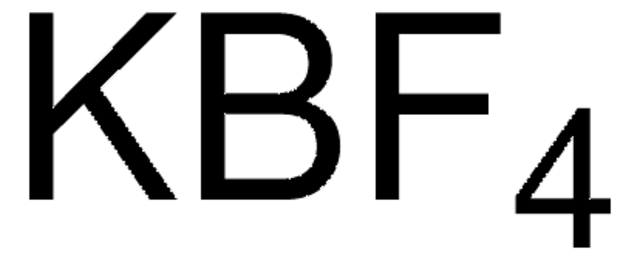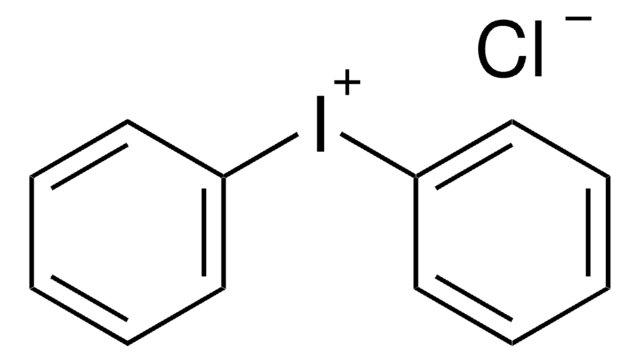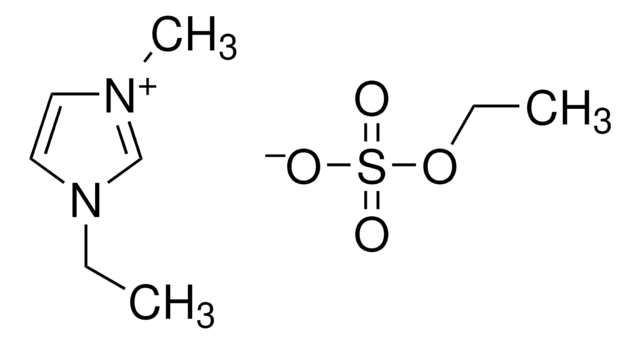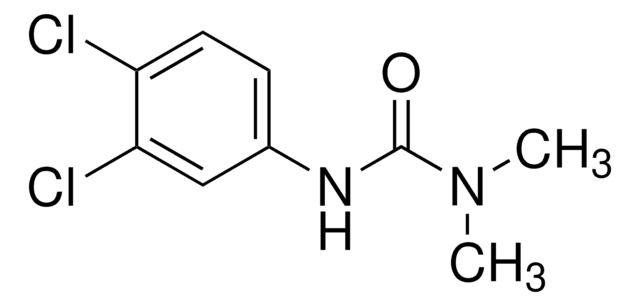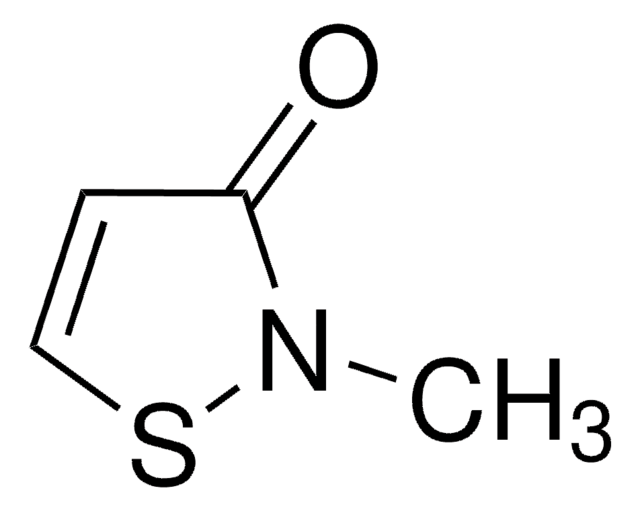Wichtige Dokumente
105937
3,4,4′-Trichlorcarbanilid
99%
Synonym(e):
1-(4-Chlorphenyl)-3-(3,4-dichlorphenyl)-harnstoff, TCC, Triclocarban
About This Item
Empfohlene Produkte
Agentur
EPA 1694
Qualitätsniveau
Dampfdruck
<0.1 mmHg ( 25 °C)
Assay
99%
Form
solid
mp (Schmelzpunkt)
254-256 °C (lit.)
Löslichkeit
methanol: soluble
Anwendung(en)
environmental
Funktionelle Gruppe
amine
chloro
SMILES String
Clc1ccc(NC(=O)Nc2ccc(Cl)c(Cl)c2)cc1
InChI
1S/C13H9Cl3N2O/c14-8-1-3-9(4-2-8)17-13(19)18-10-5-6-11(15)12(16)7-10/h1-7H,(H2,17,18,19)
InChIKey
ICUTUKXCWQYESQ-UHFFFAOYSA-N
Angaben zum Gen
human ... EPHX2(2053)
mouse ... Ephx2(13850)
Suchen Sie nach ähnlichen Produkten? Aufrufen Leitfaden zum Produktvergleich
Verwandte Kategorien
Allgemeine Beschreibung
Anwendung
Biochem./physiol. Wirkung
Haftungsausschluss
Signalwort
Warning
H-Sätze
P-Sätze
Gefahreneinstufungen
Aquatic Acute 1 - Aquatic Chronic 1
Lagerklassenschlüssel
11 - Combustible Solids
WGK
WGK 3
Hier finden Sie alle aktuellen Versionen:
Besitzen Sie dieses Produkt bereits?
In der Dokumentenbibliothek finden Sie die Dokumentation zu den Produkten, die Sie kürzlich erworben haben.
Kunden haben sich ebenfalls angesehen
Global Trade Item Number
| SKU | GTIN |
|---|---|
| 105937-500G | |
| 105937-100G | 4061838673299 |
| 105937-5G | 4061838673305 |
Unser Team von Wissenschaftlern verfügt über Erfahrung in allen Forschungsbereichen einschließlich Life Science, Materialwissenschaften, chemischer Synthese, Chromatographie, Analytik und vielen mehr..
Setzen Sie sich mit dem technischen Dienst in Verbindung.



![2,2′-Methylen-bis[6-(2H-benzotriazol-2-yl)-4-(1,1,3,3-tetramethylbutyl)phenol] 99%](/deepweb/assets/sigmaaldrich/product/structures/236/824/ce89085c-b9e1-4ea0-8157-44b6f9466ed6/640/ce89085c-b9e1-4ea0-8157-44b6f9466ed6.png)




